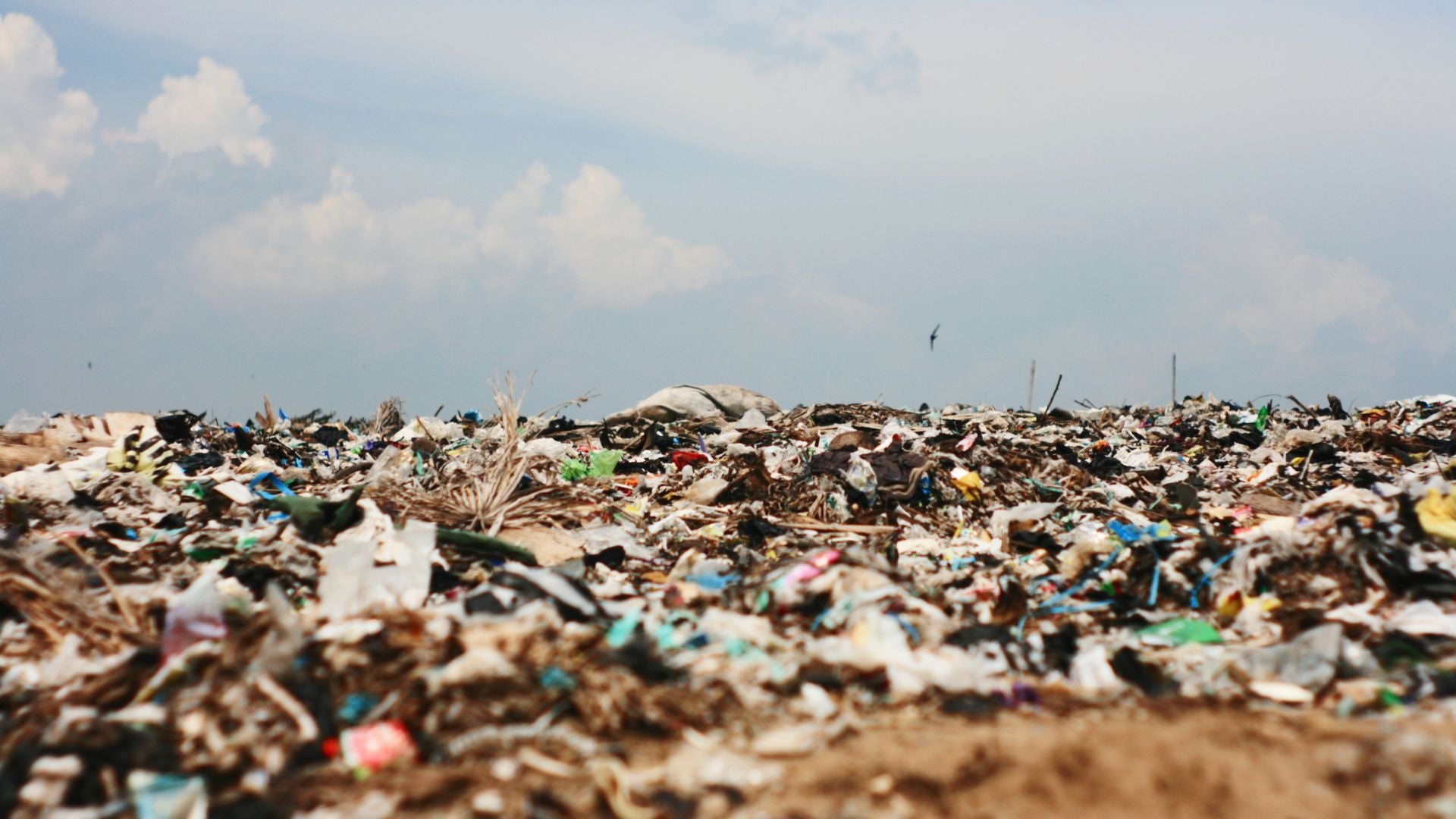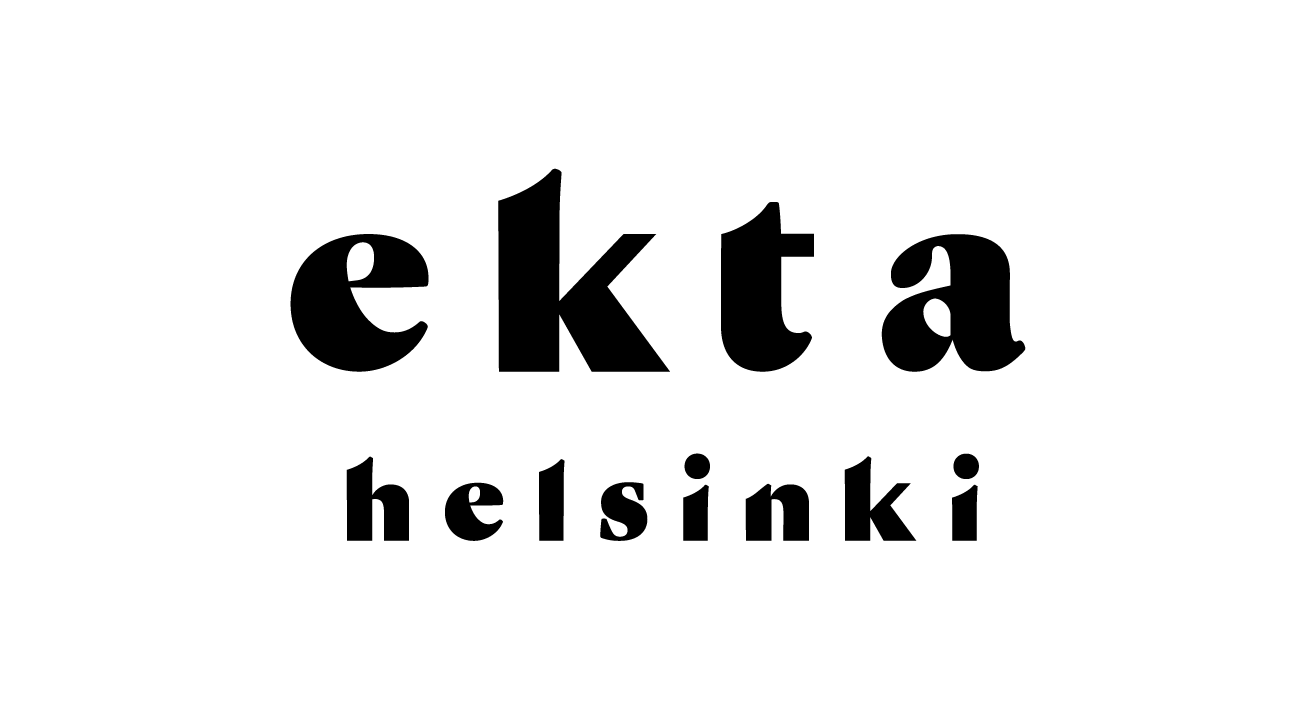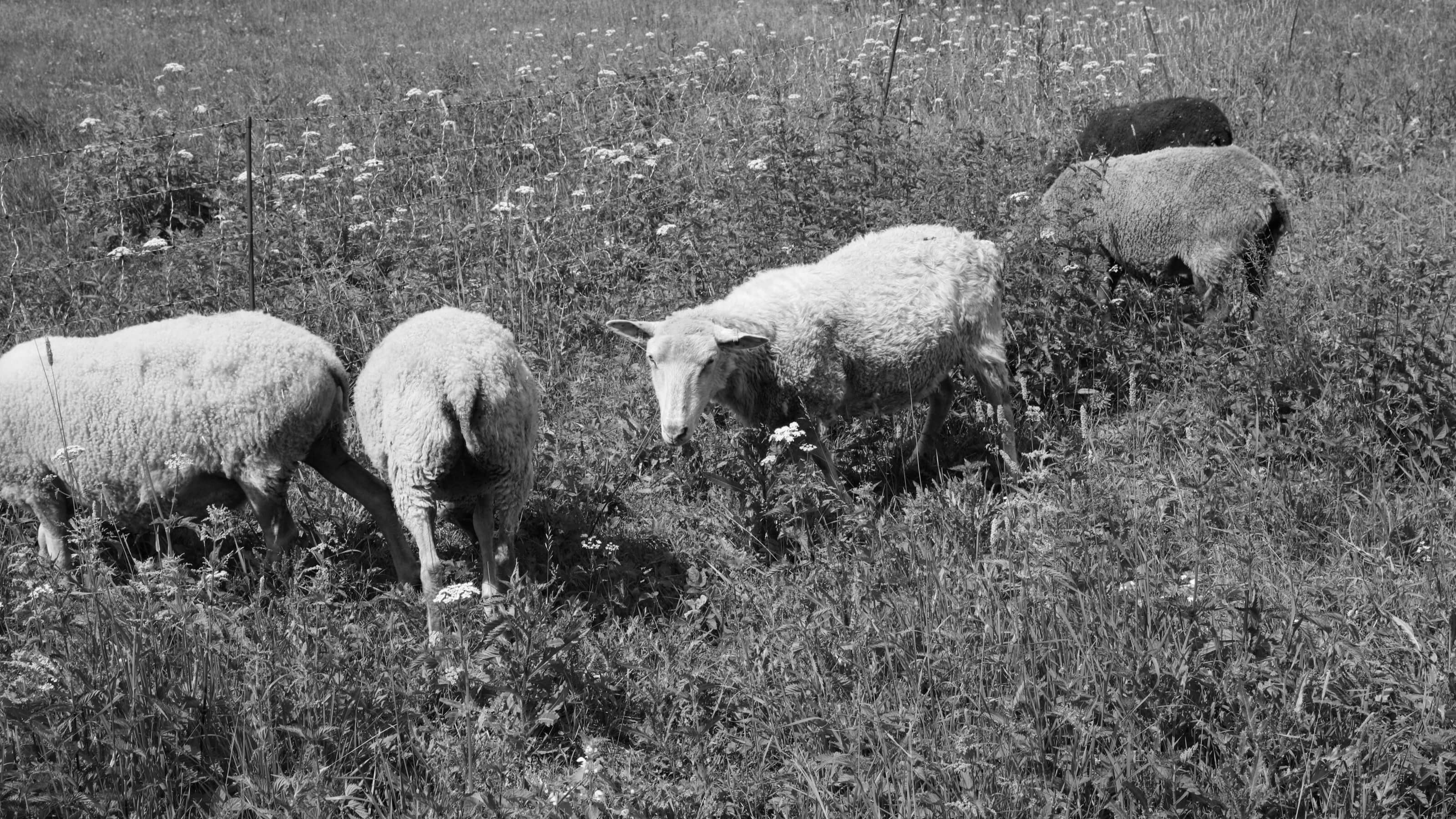Article: Why we urgently need to tackle our textile waste issue

Why we urgently need to tackle our textile waste issue
Who remembers the days when you would receive a large bin bag full of clothes from your cousins? We would get excited as we ripped open the bag to find our latest gems. The kitchen would practically turn into an America's Top Model fashion show with your mother saying yay or nay to the various pieces.
Unfortunately, these experiences started to fade out with the arrival of fast fashion. The trend of fast, trendy articles of clothing arriving at your door within minutes has taken over. While fast fashion is a cheaper alternative to keeping on-trend, it has another cost.
That is an environmental cost. The garment industry has a substantial ecological footprint, particularly when it comes to waste and pollution. Continue reading as we dive further into how the garment industry affects our planet's health.
How the garment industry is harming the Earth
As mentioned, the garment industry has a significant environmental footprint. To put it into perspective, the fashion industry has been coined the second largest polluter in the world, just after the oil industry. Seeing the many ways the garment industry is ultimately accelerating climate change is upsetting.
The truth is fashion, whether fast or not, has always had a footprint. However, the decrease in clothing prices over the last few years has encouraged us to consume more. Ultimately, the industry has realised this is not just a trend and is overproducing clothing without considering the Earth.
This all plays a part in securing the industry the second top spot after oil. We have five times the amount of clothing our grandparents had. This is fine if we wear all of the clothing, but unfortunately, the reality is clothing is regularly discarded. Another element that causes people to part with clothing is the materials. As the garments have gotten cheaper, so have the materials.
Currently, most affordable clothing is made of polyester and acrylic materials, essentially plastic. As we wear and wash these plastic-based materials, the quality of the clothing begins to deplete. Naturally, as we notice this, we realise the garments are reaching the end of their lifetime. This is when most people part with clothing.
Essentially, fast fashion houses are not making clothing to last. They understand that trends come and go and have made their clothing based on these principles. Therefore, consumers follow the same sort of principle even if they love the item dearly. The problem here is that a lot of clothing ends up in landfills, where it wreaks havoc on the planet.
The problem with the linear model of fashion
All products these days follow a linear economy model. What this essentially means is products are created, used and then discarded. With the linear model, they are not reused or repurposed; they fulfil a purpose and then reach the end of their life cycle. Sound familiar? That's because this is precisely what is happening with clothing.
Fashion waste is a genuine issue we are facing, and it is drastically contributing to climate change. According to Fashion Revolution, "the number of garments produced annually has doubled since 2000 and exceeded 100 billion for the first time in 2014, and an estimated 92 million tons of textile waste is created annually from the fashion industry."
The website proceeds to share that every second, the equivalent of one garbage truck of textiles is burned or brought to landfills globally. Not just that, but Fashion Revolution also shares that "textile waste is estimated to increase by about 60% between 2015 and 2030, with an additional new 57 million tons of waste being generated annually, reaching an annual total of 148 million tons."
As you can gather, textile waste is a significant problem we face due to the pollution it causes. Although conscious consumerism can help us, we still are not addressing our waste issue appropriately. The most common textiles in landfills are made of plastics, and these are the fabrics that are most widely available today in clothing stores.
To truly tackle our textile waste issue, we need to adopt a circular model. This model is where everything is reused and does not necessarily have an ending life cycle. Picture a circle and how everything continues to go around again and again. In addition to adopting this model, the garment industry must start using environmentally-friendly materials. Ones that are durable, so consumers hold on to the garments and they do not end up in landfills.
Proposing a solution: Biodegradable clothing
After reading those statistics, you are likely experiencing a mountain of thoughts entering your mind. One question that may be cropping up is: how do we tackle our textile waste issue appropriately? Unfortunately, fast fashion houses won't slow down. We've already seen how they have responded to the climate crisis.
They have not reduced their output; instead, they have continued at the same rapid rate. Often, instead, these brands incorporate greenwashing marketing claims or swapping out materials. This is only a tiny part; there is a lot more they need to do to become environmentally sustainable.
Since fast fashion won't slow down and be transparent, we're left with one solution. That is creating clothing that doesn't cause additional harm, even if discarded. This is where our knitwear at Ekta Helsinki can propose an interesting answer. Our 'perfect knits' are 100% biodegradable and create no waste.
If we are to tackle our textile waste problem, we need brands to consider the planet, people, and animals, as well as revenue. There are so many ways the garment industry impacts our planet. Still, when it comes to waste, the solution is simple – go biodegradable!
The garment industry should be using materials such as cotton, hemp, abaca, lyocell, bamboo, ramie, and jute. These are biodegradable and are the perfect answer to our textile waste issue. Not only that, but these garments are generally made of better materials meaning they are created to last.
There are also responsible wool options such as Finnish sheep wool which we use to craft our Etka Helsinki perfect knits! The wool is entirely natural and adored for its durability and softness. It is 100% recyclable and biodegradable so even if it ends up in a landfill it will not contribute to our textile pollution problem.
Eco-friendly and biodegradable fabrics are safer and kinder to the skin and have greater durability. What's more, they usually have a smaller environmental footprint. Take the example of hemp: for every tonne of hemp that is produced, 1.63 tonnes of carbon is removed from the atmosphere!
In summary
The overproduction and overconsumption of clothing have meant that our planet has taken a hit. Our current linear model is not working, and we absolutely need to go circular. The fashion industry affects our planet in more ways than one. Still, one area that needs our attention is textile waste.
To reiterate, the UN referred to the pollution from the garment industry as an 'environmental emergency'. Therefore, the garment industry urgently needs a reset and to plan accordingly to become environmentally responsible. Similarly, we need to educate consumers about how the garment industry impacts the planet to help them understand their buying power.
Implementing biodegradable materials and sharing this knowledge will prove instrumental in reducing the environmental footprint of the fashion industry. We cannot allow our planet to continue to bear the brunt; we need to act now before it is too late.
Fast fashion houses have no excuse not to become more sustainable; they have all the necessary resources. For consumers, one of the easiest ways to become more sustainable is through your clothing choices. Not only that, but customers who engage in sustainable fashion offerings will see their money well spent as they receive high-quality clothing that lasts the test of time, like Ekta Helsinki knits!



Leave a comment
This site is protected by hCaptcha and the hCaptcha Privacy Policy and Terms of Service apply.